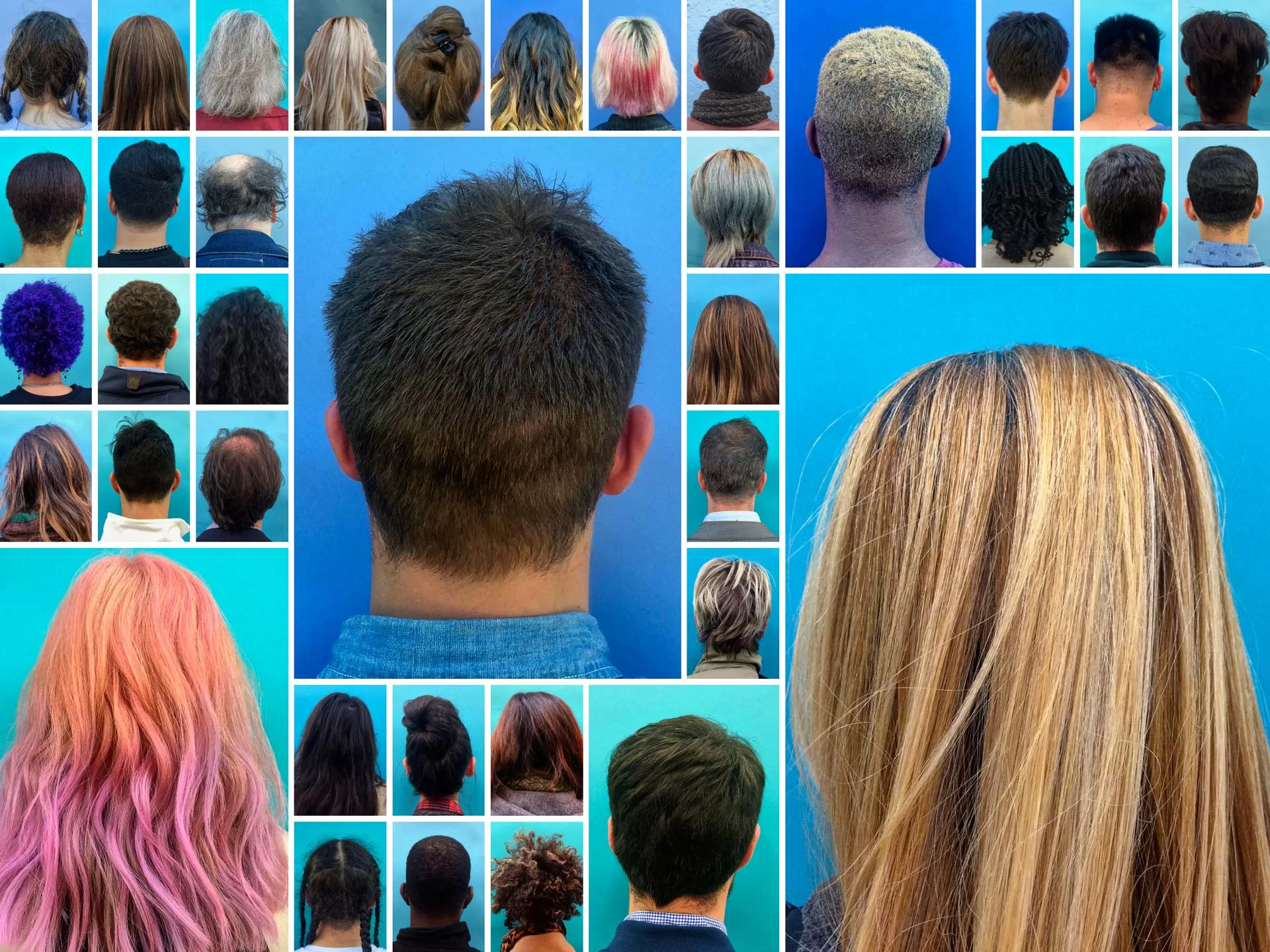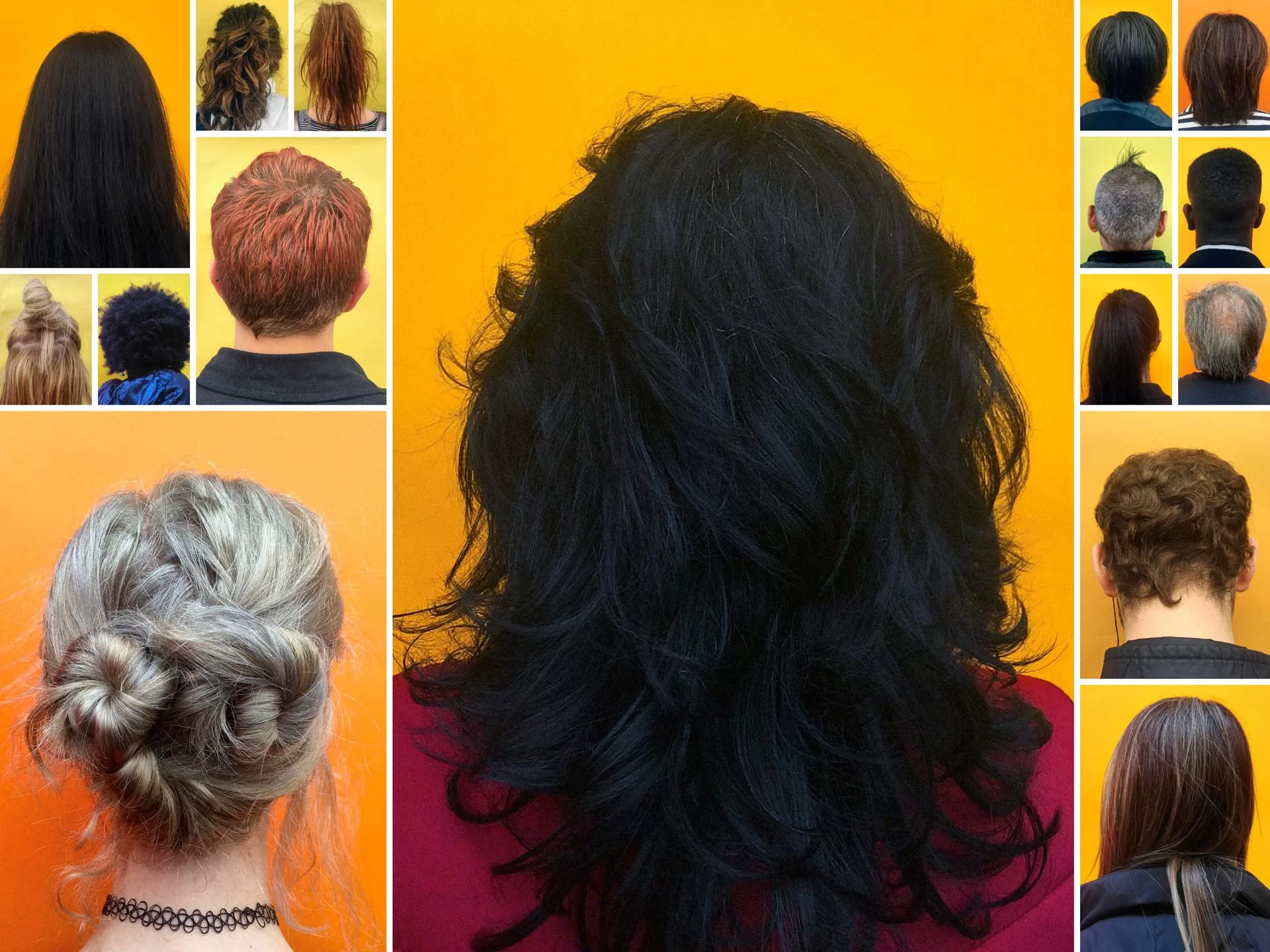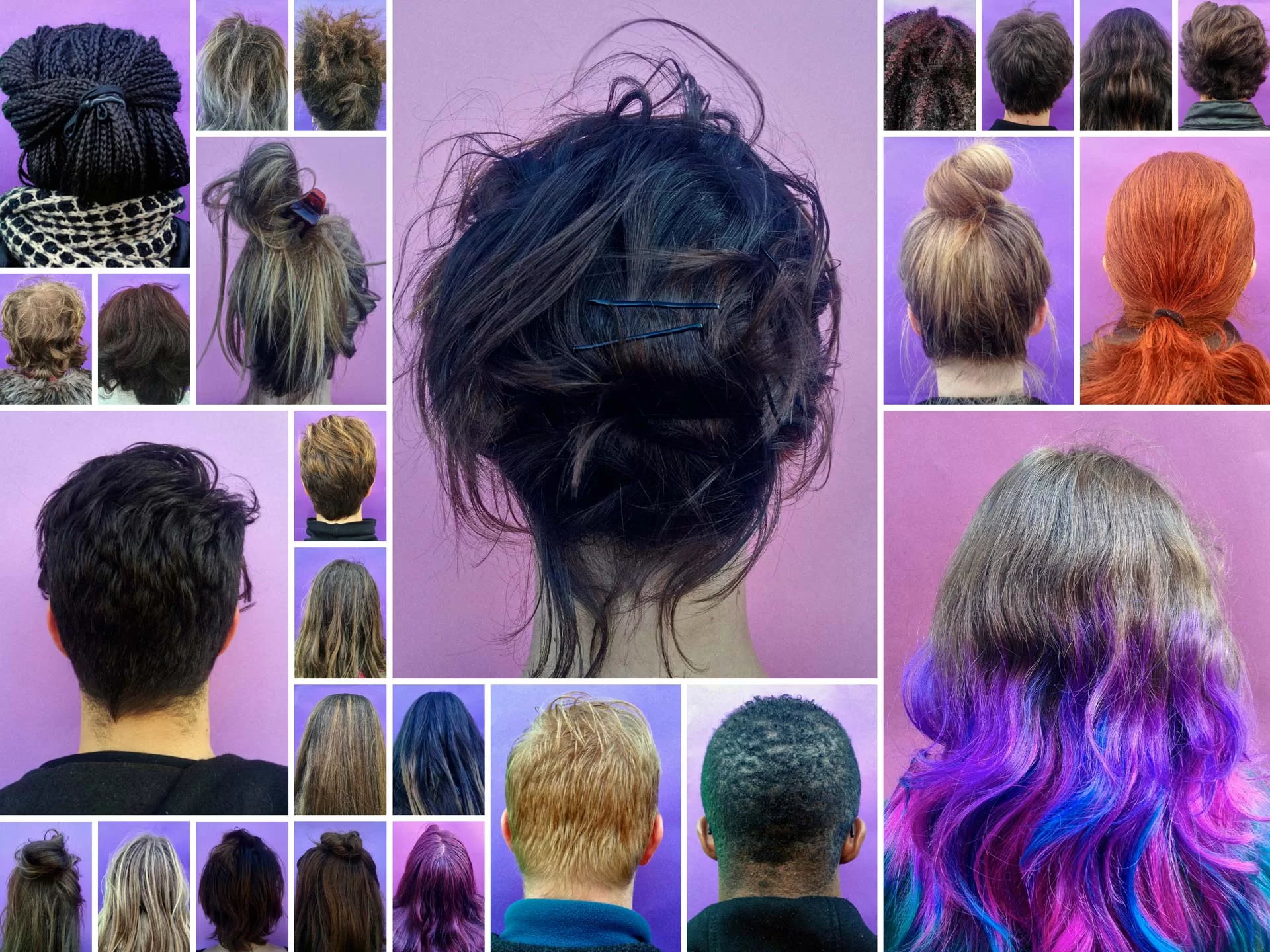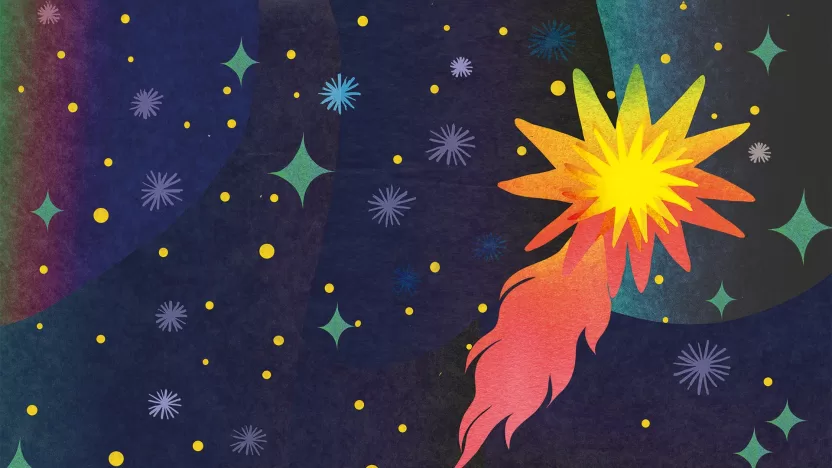
Subjectivity beyond the threshold
We often see ourselves in others, a deeply ingrained lesson in our self-perception. However, what do we discover when we move away from this perspective?
by Silvia Vizzardelli
Photos by Anouk Kruithof
We require imagery to capture something of contemporary subjects. We borrow it from botany. Assuming that what happens to the reality of psychic life is what happens to anthers, to sporangia, the phenomenon of dehiscence, a spontaneous opening through transversal cracks that interrupt continuity and yet do not rule out a link between the separated parts, perhaps we could understand the explosive and disconcerting creativity of life and subjectivity differently, as well as absolute birth.
Granted, dehiscence evokes the wound, the cut, the trauma, but if we resist the hypnotic temptation of the negative meaning of these terms, we will start to catch a glimpse of the fertility of the interruption, the productivity of the unsaturable abyss. The concepts of identification, relation, and recognition fall away and hand over the baton to those of correlation, distance, link without relation.
In his latest novel, Here I am, Jonathan Safran Foer describes a game, a kind of family ritual that takes place after dinner: “After dinner, they performed a ritual whose origins no one remembered and the meaning of which no one challenged: they closed their eyes and walked around the house. It was all right to talk, act silly, laugh, but their blindness always led to silence. Over time, they had developed a good resistance to the silent darkness that could last up to ten minutes, then even twenty. They would join back at the kitchen table and all open their eyes together. Each time was revealing. Two revelations: the strangeness of a house in which the children had lived all their lives and the strangeness of the sight.”

Photos by Anouk Kruithof. In English, AHEAD means to move forward, to lead, or to progress. The title is also a pun: A HEAD (one head). Kruithof began this project by questioning how to create an anonymous portrait, where the subject’s identity remains private. By capturing the back of the head, one cannot recognize gender, nationality, age, facial expressions, or emotion. Removing all of these features, which are so often included in indexes within the tradition of portrait photography, unifies all of the portraits. It is important to Kruithof that facial recognition systems are unable to identify or verify a person’s identity from these photos. Anonymity is central to this project and AHEAD shows a failure in the human encyclopedic tendency by means of anti-labeling and anti-classification.
A strange game aimed at insinuating distance where habit assured proximity. Suddenly opening our eyes on our house and on our loved ones who live there, we realize the infinite distance that binds us to objects and others. What if this remote vision gained through the artifice of an innocent game did not only focus on things and others, but also concerned the polycentric structure of our subjectivity? Perhaps this is what Foer is alluding to when he suddenly opens his eyes wide onto the world and, through an almost magical derealization phenomenon, suggests something about our customary way of experiencing ties, especially in our times.
To grasp it, we need to step beyond what some psychoanalysis has glimpsed. We must be bolder and carry the analytical approach to its extreme conclusions. It is not easy to relinquish the notion that subjectivity is based on specularity, the voice of the other, and recognition. Dialectical philosophy and a large part of psychoanalysis have appropriately deconstructed the belief that subjectivity is an entity given once and for all, to seek among the turbulent meshes of life, and have rather emphasized the processes of subjectification and the relationship with the other. We are what we derive from the voice of the other; we are born into a pre-existing world of words that usher in the plurality of our identifications. It was undoubtedly an essential step toward decentralization, the dislocation of the subject.
But is this interpretation of the subjectification process still persuasive for approaching how we establish social ties in the twenty-first century? I would say not. It seems limited and, above all, not capable of grasping the radioactive center of contemporaneity. If the step taken towards the decentralization of the subject responds to the legitimate need to weaken the position of identity in the name of the relationship, the result is in fact that of a new identification with the other, which causes one of the two poles of the relationship to crumble. The outcome is a decentralization that fosters a new identity.

Photos by Anouk Kruithof
Well then, this dislocated identity no longer speaks to us today. If we observe the present not through the opaque light of pessimism and resentment but by allowing ourselves to be influenced by the lines of escape it suggests to us, it is difficult not to realize that everything conspires against the paranoid attitude. If we accept the challenge, the present is a secular therapy of paranoia. If the paranoid disorder is characterized by a widespread suspiciousness and mistrust of others even in the absence of actual threats and by an excess of meaning attributed to the events of life, the way bonds are formed in contemporary society is a constant invitation to renounce the stringent character of meaning, to abandon the search for the close cause of what is occurring, to look away from the worried and anxious gaze towards the other, perhaps maintaining a selfless curiosity for what the other does beyond a threshold. The other acts, speaks, hears, and moves beyond a threshold, so that what they do and say, while establishing a link with me, cannot be innervated by me. No information passes between me and him. What is at stake is rather a nourishment of life that makes it burst out beyond proximity and continuity.
While the social bond can be described as a remote bond, a sort of relationship without a relationship, the interrupted destiny of the constitution of subjectivity itself is not so different. It is a subject that inherently loses the possibility of reaching itself: where there is autobiography there is the self but not life; where there is life, there is no self. If the relationships between entities and images are no longer the hierarchical ones that governed reality and its representations, but the horizontal ones, governed by correlations and connections, subjectivity cannot but double itself at a dizzying pace, dislocate itself on several levels, let itself be written by several hands. There has been an episode in the history of twentieth-century philosophy that has shone a spotlight on the image-subjectification nexus, inaugurating a line of research that deserves special attention.

Photos by Anouk Kruithof
In 1985 and 1986, Deleuze taught a course on Foucault, revealing an extraordinary philosophical insight. At that time, Foucault’s courses at the Collége de France had not yet been published, and Deleuze sensed the direction his research had taken, identifying subjectification as the heart of his friend’s mature thought. The subject is not only such insofar as it “submits” to discussion and power, but also insofar as, like the Greek free man, it exploits plasticity in a creative, aesthetic, metamorphic direction. It would be a matter, then, of making use of the flexibility that the process of subjectification adopts, bending to the coercive forces of political and economic domination, for a better cause aimed at aesthetic and imaginative adventure, and at the inventio of relations between heterogeneous people. So what does this better cause consist of? It consists of thinking and feeling where we are not, leaving something on this side that is capable of interacting at a distance with the remote places that we have caught a glimpse of. Not therefore absorbed by the logic of power, the institution, and the workings of language and images, but in a teleplastic correlation that boycotts phagocytic or psychotic identification.

Photos by Anouk Kruithof
In recent years, a very interesting debate has arisen on the concept of plasticity, addressed by very heterogeneous methodological perspectives, but also managing to share some common ground. Neuroscience has increasingly focused on the concept of Long-Term Potentiation (LTP) to grasp the brain’s plasticity in terms of a co-implication between chance and determinism, giving up an autoplastic vision and venturing into the field of externality. In the philosophical field, we can clearly distinguish two hypotheses on the plasticity of psychic life and human experience more generally: the first insists on an idea of homeostatic and cybernetic anthropotechnics, i.e., oriented on the adaptive functions of subjectivity and autopoiesis (consider Peter Sloterdijk); the second, which we could call entropic or “negative” plasticity, more willing to admit interruptions, discreteness, breaks in experience (consider Catherine Malabou’s ontology of the accident). Based on this latter assumption, which leverages the anarchy of the living, weakens the principle of sufficient reason, and allows a probabilistic interpretation of events, it is possible to harmonize with the contemporary and perhaps also shamelessly approach the link between science and magical thinking.
What is the first and most direct consequence of this triumph of distance, of separation? It has been evident for some time now. Paraphrasing Derrida, we could say that we can no longer tell a story; the story takes on the features of a self-boycotting fabula. As soon as the need to tell arises, the autonegation of telling itself ironically arises from within. We are more faithful to a moment of truth and memory when we give up the narration. If telling means stretching threads, connecting events, linearly unfolding the timing, in short, holding together the being, we will be more faithful to the plasticage of life by imploding the narrative. With the distance of irony and the strength of a transgressive laceration medicated by phenomena of resonance, shared rhythm, and correlation.


